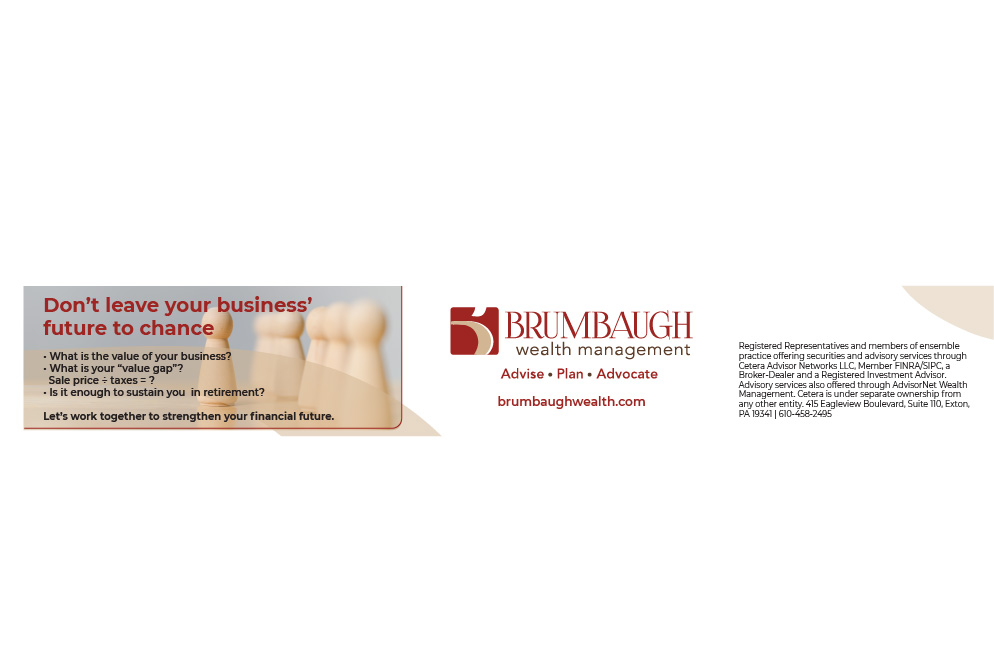A Quick Look at the Presidential Candidates’ Tax Proposals

Though tax policies haven’t received top billing in this year’s presidential election dialogue, they’re still part of the conversation. Here’s a quick review of each candidate’s tax proposals based on information released by their campaigns. Keep in mind that regardless of who wins in November, any changes to tax policy would require congressional action.
Tax brackets
 Plans released by the Trump campaign initially proposed reducing the current seven tax brackets to four, with the top rate dropping from 39.6% to 25%, and no tax due for individuals with incomes under $25,000 ($50,000 for married couples filing jointly).1 Trump has recently announced changes to his tax proposal, including a consolidation to three tax brackets: 12%, 25%, and 33%.2This change moves the Trump campaign’s plan closer to the tax reform plan announced by House Republicans in June of this year.3 The Clinton campaign’s tax plans do not reflect changes to existing tax brackets, but do support a new 4% “fair share surcharge” on taxpayers with an adjusted gross income (AGI) exceeding $5 million.4
Plans released by the Trump campaign initially proposed reducing the current seven tax brackets to four, with the top rate dropping from 39.6% to 25%, and no tax due for individuals with incomes under $25,000 ($50,000 for married couples filing jointly).1 Trump has recently announced changes to his tax proposal, including a consolidation to three tax brackets: 12%, 25%, and 33%.2This change moves the Trump campaign’s plan closer to the tax reform plan announced by House Republicans in June of this year.3 The Clinton campaign’s tax plans do not reflect changes to existing tax brackets, but do support a new 4% “fair share surcharge” on taxpayers with an adjusted gross income (AGI) exceeding $5 million.4
Long-term capital gains and qualified dividends
Currently, lower tax rates generally apply to qualified dividends and to capital gains resulting from the sale of assets held longer than one year. Plans released by the Clinton campaign recommend adjusting the holding period schedule for long-term capital gains, increasing the minimum holding period from one to two years and adding medium-term holding periods that gradually reduce the top long-term rate down to 20% for assets held for more than six years.5 Plans initially released by the Trump campaign indicated that the top rate of 20% would continue to apply, with no change to current holding requirements.6
Alternative minimum tax (AMT)
The AMT is a separate, parallel federal income tax with its own rates (26% or 28%, depending on income) and rules. It is intended to ensure that taxpayers who use certain strategies to reduce their tax liability pay a minimum amount of tax. The Trump campaign has called for elimination of the AMT.7 The Clinton tax plan would presumably add a new tax layer, imposing a minimum tax due of 30% on those with incomes exceeding $1 million.8
Deductions, exemptions, and exclusions
Proposals released by both candidates would limit itemized deductions for higher-income filers. The Clinton team’s plan would limit the benefit of itemized deductions and certain items that are excluded from income (e.g., tax-exempt interest) to 28%, which means that the benefit of these items would be reduced for individuals in higher tax brackets; charitable deductions would be excluded from this limitation.9 The Trump team’s plan would accelerate the limitation of itemized deductions and the phaseout of personal exemptions for higher-income filers, though the treatment of deductions for charitable giving and mortgage interest would remain unchanged. The original Trump campaign tax plan also indicated that the ability to exclude earnings in life insurance contracts from income would be phased out for high-income individuals.10
Estate tax
The two campaigns have very different views of the existing federal estate tax. The Clinton campaign proposes increasing the top estate tax rate from 40% to 45%, and decreasing the estate tax exclusion from $5.45 million to $3.5 million.11 The Trump campaign proposes eliminating the federal estate tax.12
_______
1, 6, 7, 10) “Tax Reform That Will Make America Great Again,”donaldjtrump.com/positions (July 2016)
2, 12) “Outline of Donald J. Trump’s Economic Vision: Winning The Global Competition,” donaldjtrump.com/positions (August 12, 2016)
3) Kyle Pomerleau, “Details and Analysis of the 2016 House Republican Tax Reform Plan,” Tax Foundation, July 5, 2016
4, 9, 11) “Investing in America by Restoring Basic Fairness to Our Tax Code,”hillaryclinton.com/briefing (July 2016)
5) Kyle Pomerleau and Michael Schuyler, “Details and Analysis of Hillary Clinton’s Tax Proposals,” Tax Foundation, January 26, 2016 (The 20% rate would be increased by the 3.8% net investment income tax, as well as the 4% surtax, if applicable.)
8) Richard Auxier, Len Burman, Jim Nunns, and Jeff Reheel, “An Analysis of Hillary Clinton’s Tax Proposals,” Tax Policy Center, March 3, 2016
Connect With Your Community
Subscribe to stay informed!
"*" indicates required fields











![95000-1023_ACJ_BannerAd[1]](https://vista.today/wp-content/uploads/2023/03/95000-1023_ACJ_BannerAd1.jpg)



































